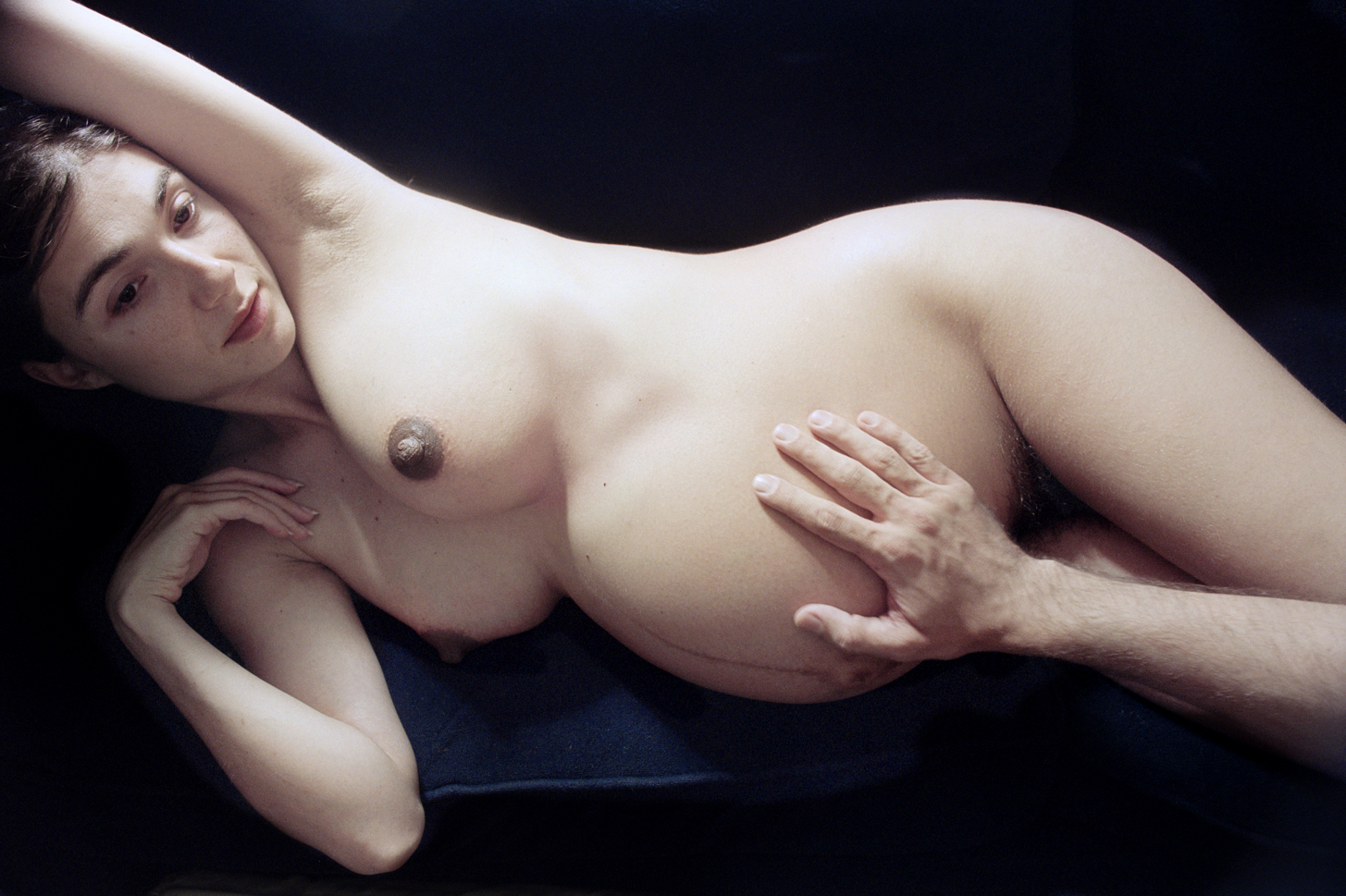
Award-winning photographer Elinor Carucci became a mother in 2004, when her twins Eden and Emmanuelle were born. “After a blissful pregnancy, I had to be induced and ended up with an emergency Caesarean section which left me wounded, weak and in pain,” she recalls.
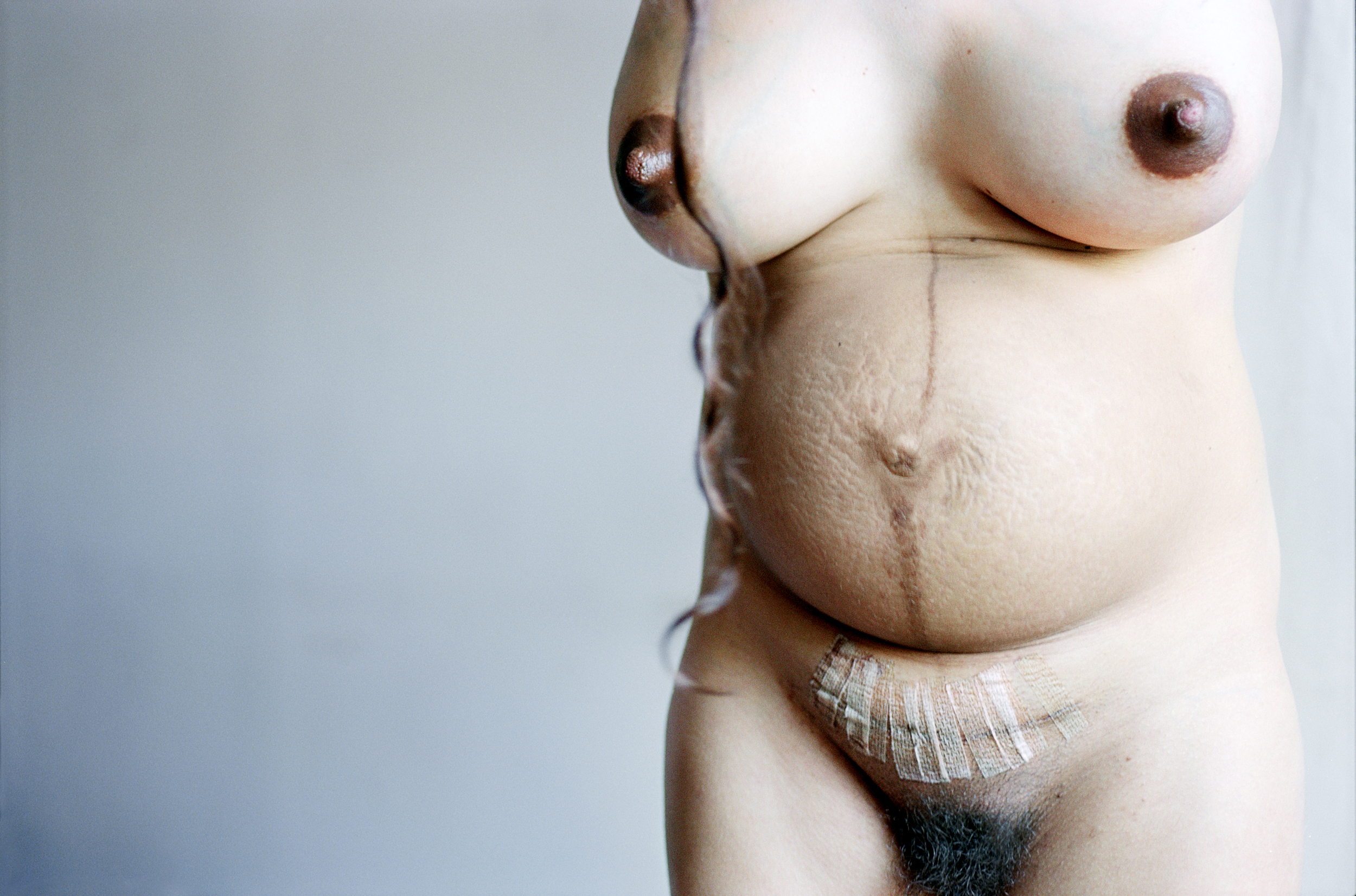
“A few days later I came home, into my new life as a mother of two, filled with so many emotions: joy and wonder and love and happiness coexisted with sadness, exhaustion, anxiety, mourning the body I would never have again, the woman I would never be again.”
As an artist, picking up her camera to navigate the experience was a natural reflex. “I felt and saw so much—beauty and ugliness, crying and laughter, the extremes that you get to know when you are a new parent. I tried to somehow deal with it all, through my camera, hoping to portray this complex experience as honestly as I could.”
“I felt and saw so much—beauty and ugliness, crying and laughter, the extremes that you get to know when you are a new parent”
“It was too intense, too rich, to express only through ‘Madonna and child’-like images; not that I did not also have those magical, more peaceful moments with my babies, and I did take this kind of photo, but there was so much more to tell, to show.”
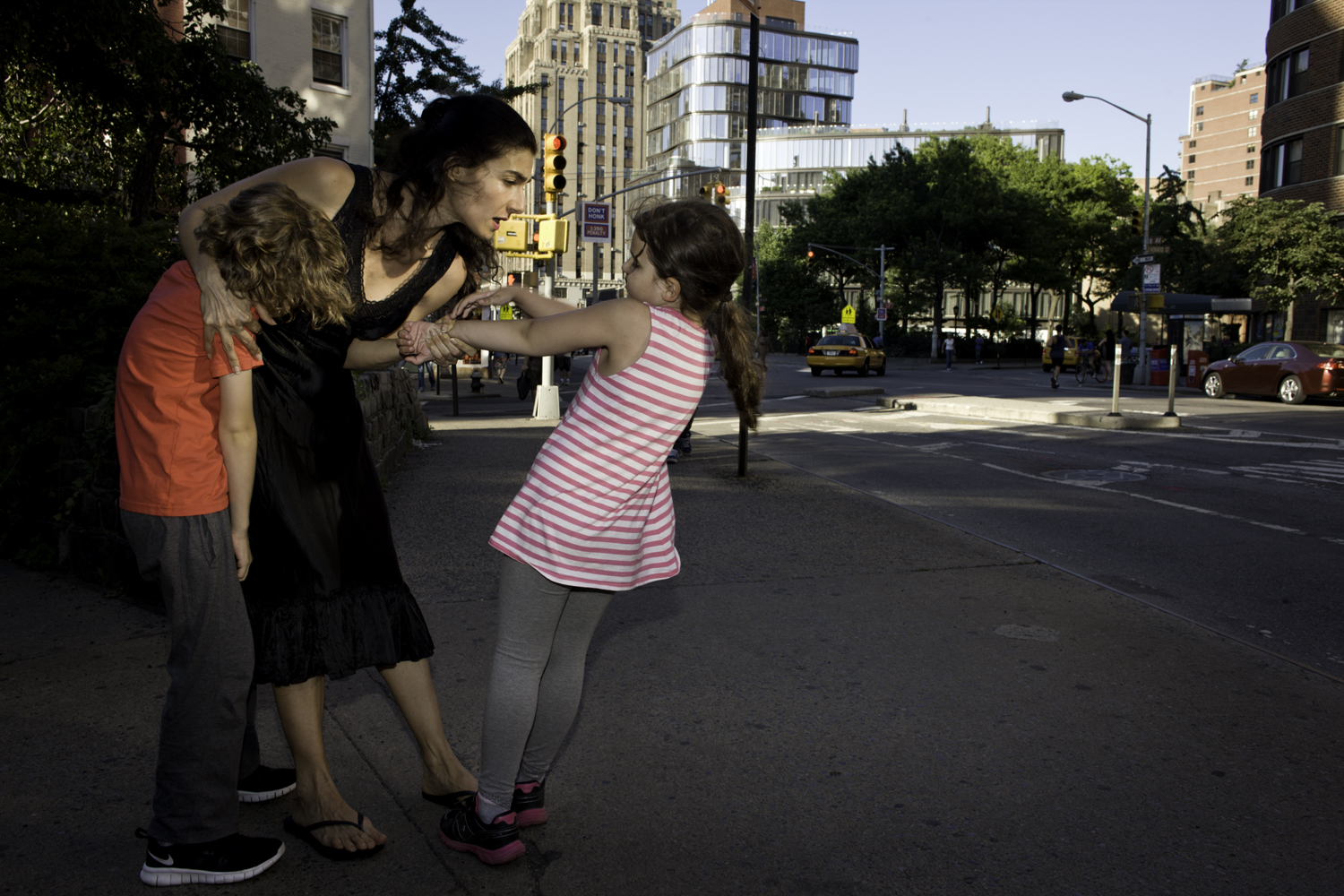
In 2013, Carucci published the photographs she shot of herself and her children, the trials, tribulations and celebrations over the years in a book, Mother. The images move from paroxysms of pain and anger—one particularly poignant photograph captures her in the street, clutching both children, one tucked under her arm in a protective gesture, the other held by the wrist in annoyance. All of the conflicts and challenges of meeting the needs of different children, with their own fast-developing characters, the need to nurture and be authoritative, are expressed in the image. We’ve all seen—or been—that parent, imploring their child on the street.
The roles of artist and mother do not always meet peacefully, either. Carucci’s camera often presented her with a conflict. “It actually took a few years for the photographer and the mother in me to learn to live together. The two of us did not always agree; the mother in me usually won out, but sometimes, to my surprise, my two identities empowered one another, as I learned, mainly when I acknowledged the positive effect that my work had on my children.”

Carucci’s own mother was her first subject, when she took her earliest pictures, aged fifteen. In this way, photography and motherhood have always been intertwined for the artist. She has continued to photograph her mother over the years: “I could see and understand so much more about her, and myself, through photographing her. That’s how I became a photographer—I was exposed to the power of photography, and how much it means to me.”
“It actually took a few years for the photographer and the mother in me to learn to live together”
She describes the subject of motherhood, explored through the lens, as “diving into the deepest and most intimate part of human relationships; and the most primitive, basic and perhaps the most important relationship in our lives is the one we have with our mother”. Motherhood is a theme that ties all of Carucci’s work together, and she sees it as “the microcosm of all our relationships, in a way”, since every relationship we have in life is affected by the one we form—or don’t—with our mothers.
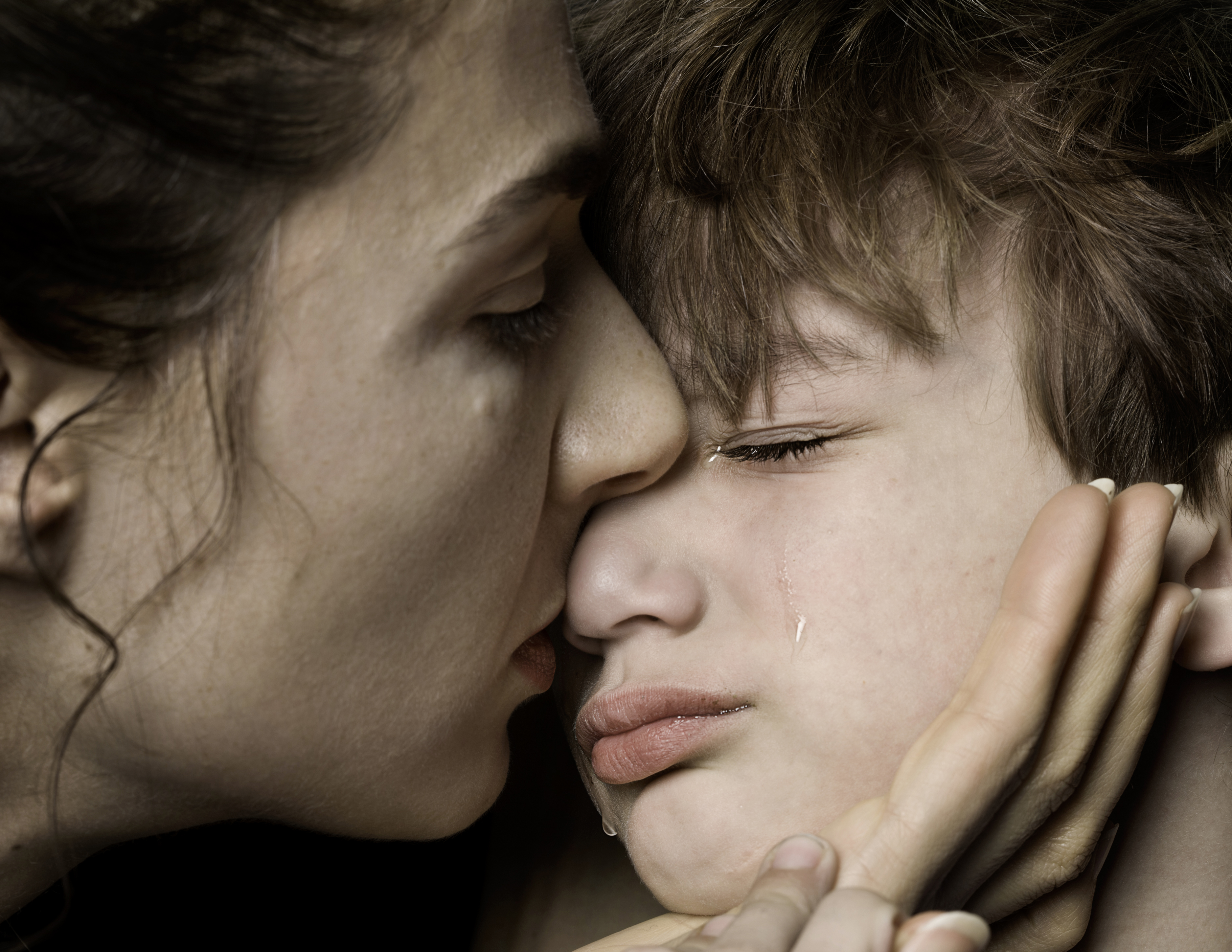
When she became a mother herself, “photographing my children was different than anything I had previously done, on a number of levels. First of all, I could not, of course, ask my children’s permission to photograph them, as I had asked other members of my family before. Nor could I take my time: now I had to choose between photographing and mothering, and usually I had no more than just a few seconds to take a picture.”
“Sometimes the act of taking a photograph became a split second of guilt, a split second during which I neglected my children, a split second in which I thought about light and composition; even if it was just for a tiny part of a second, I was not available to them in that split second.”
Looking at the photographs with her children now has a positive effect on the family. “My kids appreciate it more now, that we also have memories of the sad and difficult moments, and they have a peek into what I went through. Looking at those images of them fighting or of me being kind of depressed, I think they learned more about their mother. It also inspires deeper conversation, to get to know each other more, to discuss things I think are important to discuss. I hope the work is empowering for them. I don’t pretend that’s why I’m doing it—I do the work for me—but I hope it can inspire and empower my children.”
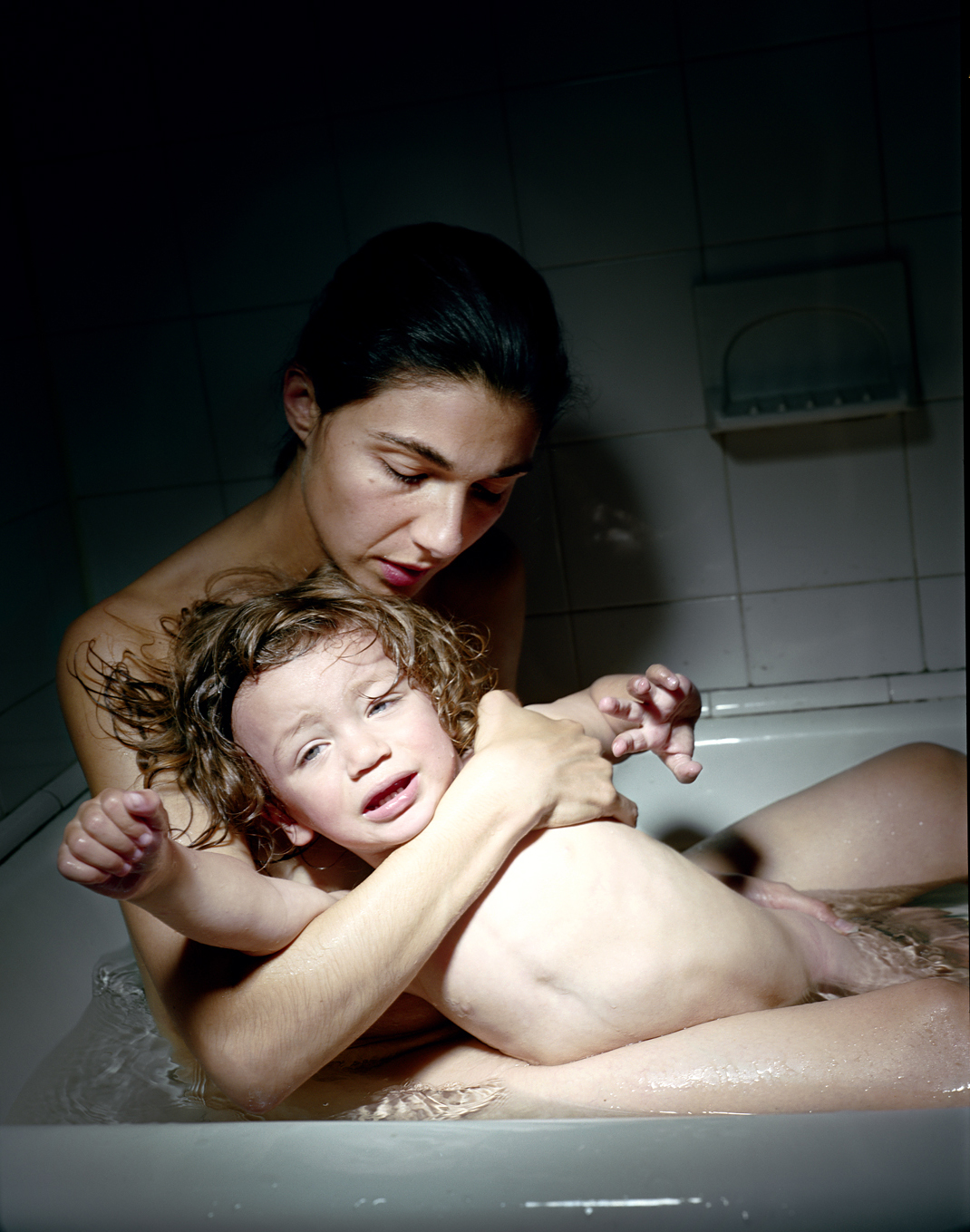
The photographs are a personal document, and they have been a consistent tool for Carucci in her formation as a mother. “I learned that most of what I have experienced has been experienced by other mothers as well. It helped me to get over moments in which I felt that I had failed them as a mother and sensed their resentment of me; even taking just a frame or two helped me understand what had just happened and how to deal with it,” she revealed in an essay she wrote about Mother.
“Sometimes the act of taking a photograph became a split second of guilt, a split second during which I neglected my children, a split second in which I thought about light and composition”
The scenes and language of Carucci’s work might be the most intimate and personal, but the subjects and themes are universal. While trends in the art world may come and go, Carucci notes that people have always related to the work. The medium of photography is particularly poignant on the subject of parenthood as taking pictures “is a need all parents share; we need to take pictures of our children, whether we are professional photographers or not, trying to console ourselves for the passing time, suddenly counting our days in this world with our children”.
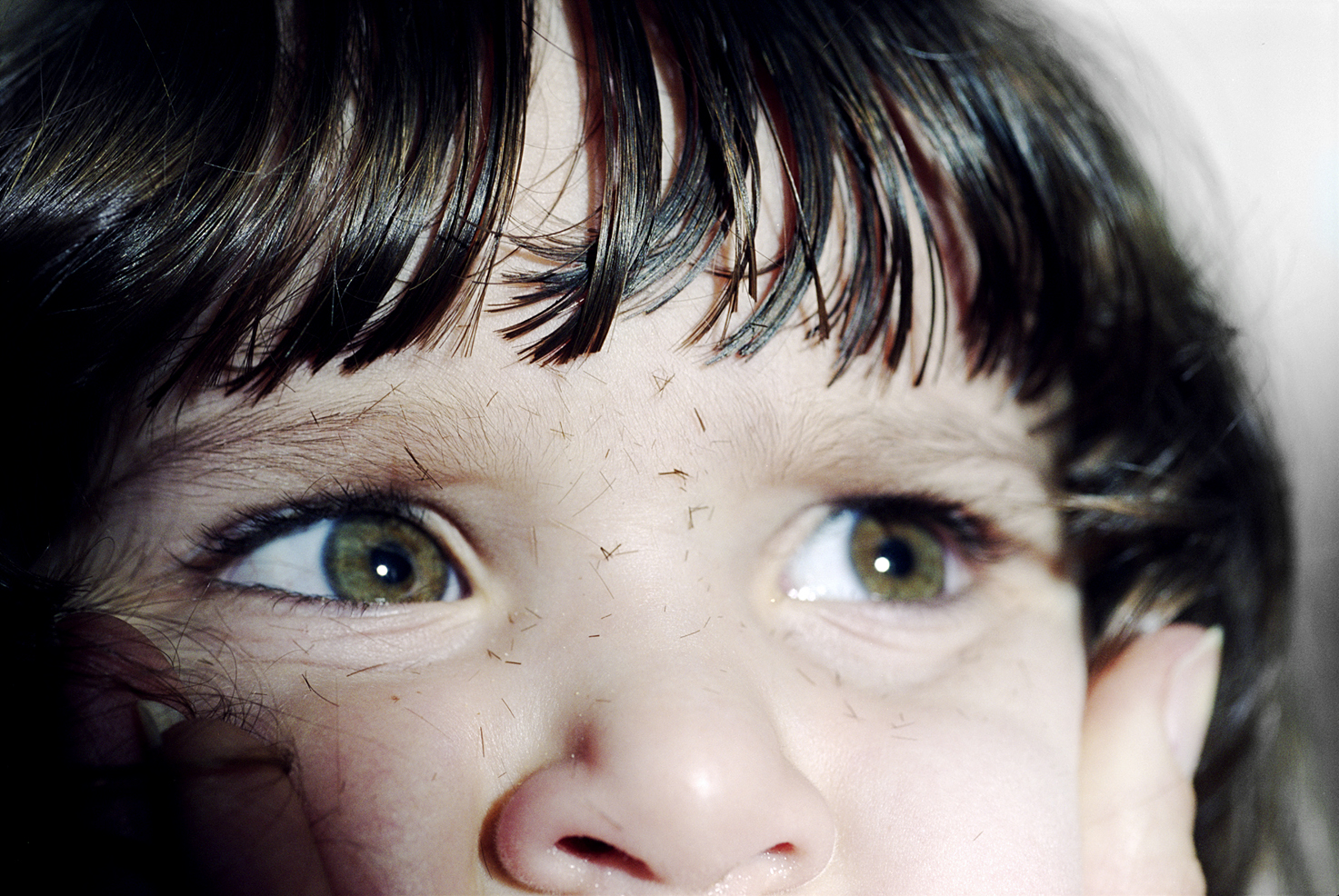
I wonder why it seems that so few men make work on this subject. Carucci corrects me, reeling off a list of male photographers who have made work about their loved ones: Leigh Ledare, Christopher Anderson, Gus Powell, Nicholas Nixon, Emmert Gowin, Richard Billingham. “A lot of men photograph their own family and their children, and I think they sometimes get more recognition and respect for it—it’s not been titled or defined as women’s work or mother’s work, which can be the danger when you’re a woman, to be pigeonholed.”
Many artists have shied away from the subject of motherhood or children since for this reason—and the stigma that it is not intellectual enough, somehow. The fact that women artists might be defined by motherhood but that men are not defined by fatherhood points to wider prejudice not confined to the art world alone.
But Carucci is unafraid to make work about her experience of motherhood and about her children. As she points out, “nothing is as inspiring to me as watching my children grow, catching subtle moments that contain so much”. Mother is a timeless and iconic body of work that portrays motherhood as mosaic of moments, fraught, fractious and bound with love.




